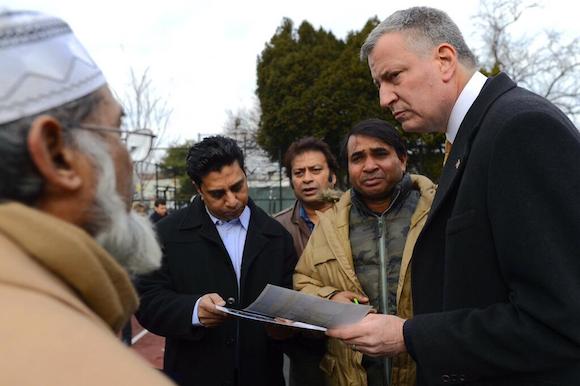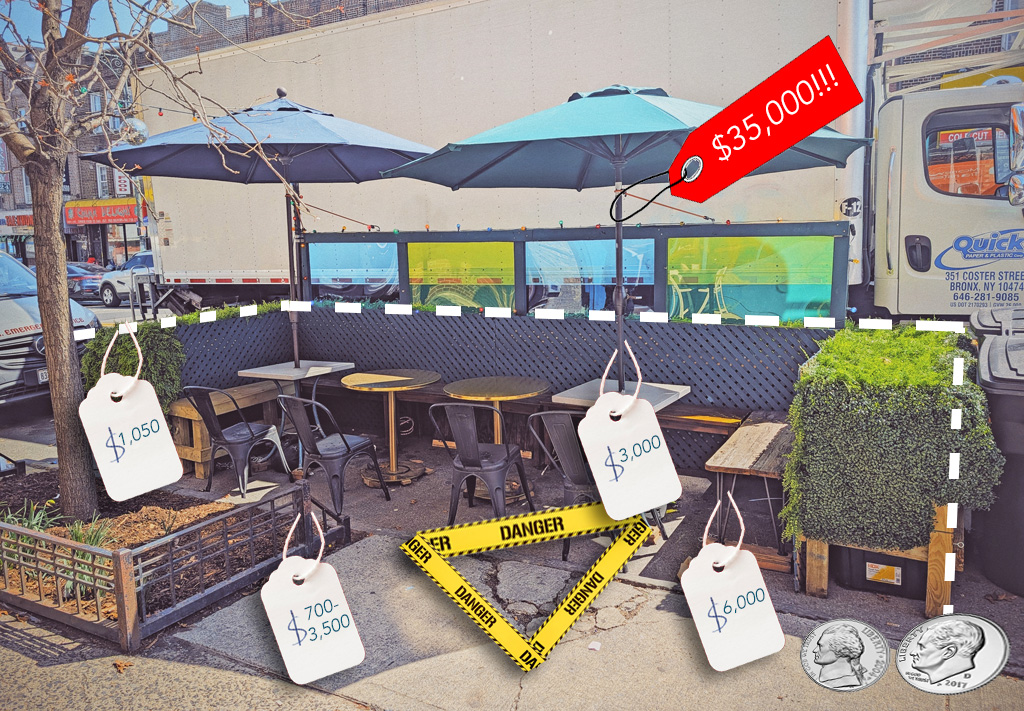Addressing Transportation Alternatives' Vision Zero Cities conference this morning, Mayor de Blasio restated his intent to expand the city's speed enforcement camera program this year, which requires approval from Albany.
"We need to be able to put speed cameras around our schools in the way that is most effective. We need enough of them, we need them in the right places and the right hours," de Blasio said. "This should not even be a discussion... The only people who have a problem with a speed camera around a school is someone who is speeding by a school -- endangering children, endangering parents -- and we have to go to Albany and make it that plain."
State law currently limits the scope of the city's speed camera program to 140 locations within a quarter mile of a school entrance on the street abutting the school. If parents and kids have to walk across a wide, dangerous street to get to school, but the entrance isn't on that street, it's not an eligible location.
Last year, advocates came up short when they campaigned in the state legislature to expand the program, receiving little vocal support from City Hall. That won't be the case this year.
On May 15, city officials will join advocates in Albany to press officials to support expansion, DOT Commissioner Polly Trottenberg told Streetsblog. The exact terms of the legislation have yet to be determined, but Trottenberg said the city is committed to installing more cameras around more schools, expanding the hours when the cameras can operate, and shifting the definition of a "school zone" to a radius around the school, as opposed to streets abutting its entrance.
State Senator Jose Peralta from the Independent Democratic Conference and Democratic Assembly Member Deborah Glick, both of whom sponsored camera-expansion legislation in 2016, are expected to sponsor the bill.
"We're interested in broadening the conversation a little bit," Trottenberg said, noting the role the cameras played in reducing child fatalities to an all-time low in 2016. "We understand the focus on schools, but we also want think about how do we make sure we're capturing those high-crash corridors."






